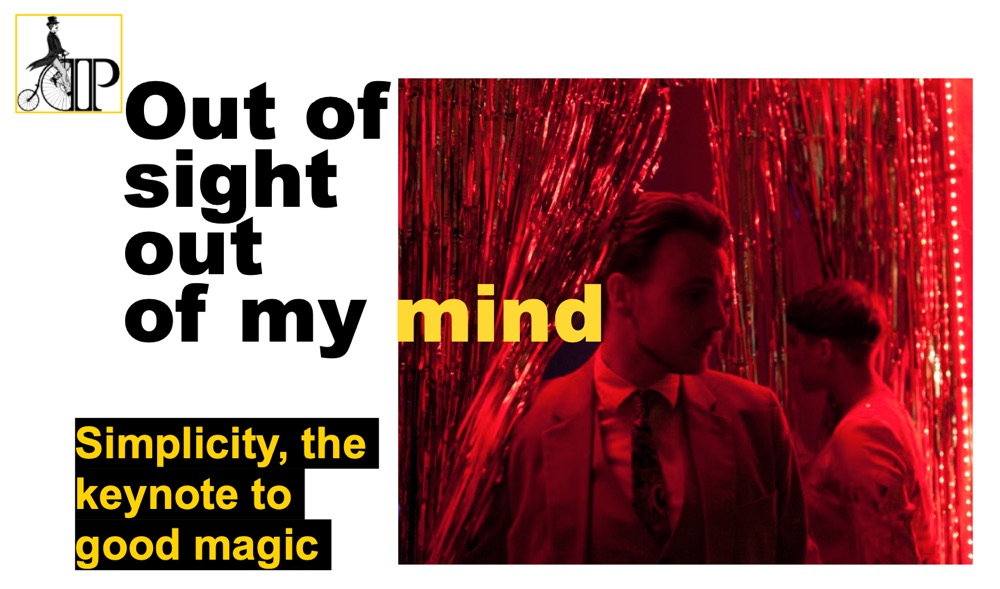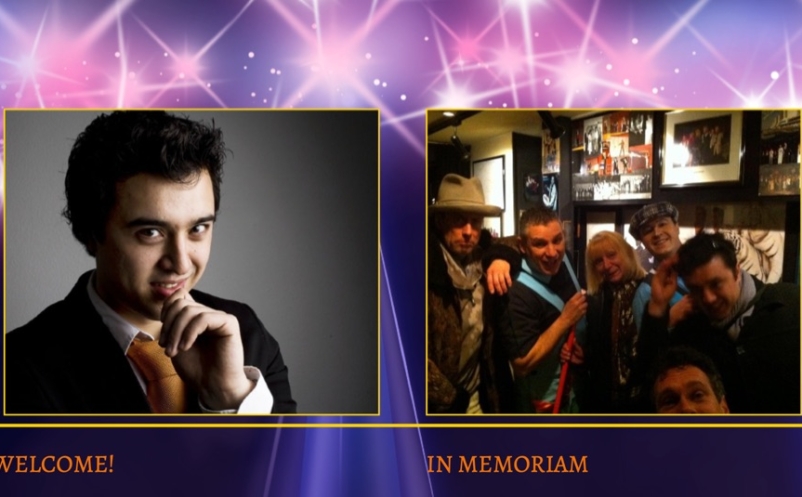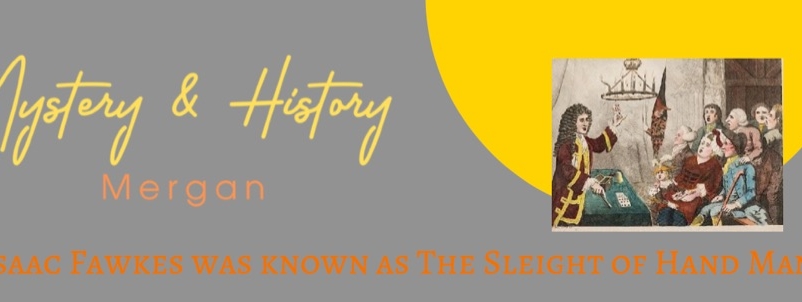- A Note from Our President
- Restricted content
- Finnish Edition of the Amsterdam Magic Show
- Blackpool 2023
- How a Musician Would Learn a Magic Trick
- The Bill Chung Lecture, Review
- Agenda, April 2023
- Simplicity, the keynote to good magic
- The AMSociety Seal
- Georgia Wonder Used Physics to Make Magic
- Hello, Mr. Stone
Simplicity, the keynote to good magic
People have heard me say it a thousand times and I will say it a thousand more.
“I love the card magic of Paul LePaul”
– Some random guy in Amsterdam
But it’s true, I love this book. I even dare to say that it is the best book on card magic ever written. It’s clear that I love this book, but the real question is why?
There is a big distinction between my magic before and after reading LePaul. Before reading LePaul I was madly in love with card magic and after reading LePaul I was a bit less in love, I was much more frustrated even. It doesn’t mean I got less in love with magic in general. It just meant that I got more frustrated by “bad card magic”. There is the saying that there is no such thing as a bad trick, just a bad performer, but to quote Jim Steinmeyer “That’s bullshit”.
That frustration for a lot of card tricks mainly came from overhandling of cards or any object in magic for that matter. Paul LePaul has thought us a wonderful lesson in his small essay which states that the key to good magic is simplicity.
Simplicity is not so much in the method, although often method and effect go hand in hand. But simplicity in the effect that the spectator perceives. All good magic is inherently simple, the spectator shouldn’t have to question themselves whether or not the effect is impossible. A perfect example of this is Slydini’s silk routine. There is no question about the impossibility of what he is doing. You see him tie the silk and the next moment it’s untied, even when the spectator ties the silk, for some reason, it is untied without anyone seeing it. That’s truly impossible.
Le Paul’s card magic has the same quality. All of the effects are practical and are true workers for the real world. They are all simple in the sense that when you see the effect there is no question if the effect is impossible or not. Of course, it was impossible! He just made the fricking cards travel to the envelope! This quality of simplicity is where the true magic lies. Remember, magic has to be simple and not a puzzle, confusion is not magic.
All of this talk about simplicity is nice, however, how do we achieve this simplicity? There are multiple factors bound to simplicity. One is the objects that we’re using. If the audience is unfamiliar with the objects, it becomes harder for them to simply enjoy it without asking questions about what you’re using. There are ways around this though, let’s take the linking rings as an example.
During the Linking rings the audience doesn’t question so much what they are, they are steel and they are round. Ooh, they are rings. However, the effect does raise some questions the biggest one being if all rings are truly solid. So, to satisfy their question and to make the effect truly impossible we want to create the feeling that we’ve handed out every ring for inspection. That’s one way around the objects that we’re using, to make people inspect them. However, we want to be able to do this in the manner of a routine and the object which is “weird” still needs a certain simplicity from itself. A steel ring is much easier to understand than a weird wooden box with knots and bobs. Another factor that plays a role in achieving simplicity is to remove static from anything that we do. We want to be clear about the effect and strife to make the audience perceive that effect as clearly as possible.
If we take a transposition, the effect is essentially one object switching places with another object, teleportation!
So, what do we need for that? Essentially two distinguishable objects. As long as the two objects have two different identities and the places where they are located are different the effect is easily understood. Now however we need to be sure that the audience gains a clear picture of where object A and B start at the beginning and then where object B and A end up.
To do this we want to put the least amount of time possible between the moment when objects A and B are seen to have their original place and between the moment when they transpose to their final place. Ascanio would call this the initial and the final situation.
To go illustrate this point even further. Imagine that we show the ace of spades on the deck and the two of hearths in the spectator’s hand, both cards go face down, and following that the magician starts a whole talk about the impossibility of teleportation and how we always have to change matter for matter in order for anything to transpose. After that talk, everyone will most likely have forgotten which cards were originally placed down and also where they were (anti-contrasting parenthesis). If we make this simpler, however, we would just place those cards down, wave with the hands and then show where they ended up. This creates a clear image for the spectator and a clear contrast between the initial and the final situation.
To achieve that point however we need technique to accommodate that. Which Is why I said usually simplicity of effect goes hand in hand with simplicity of the method. This also means that simple doesn’t always mean easy. Sometimes the best technique to do in any given situation is a difficult one. You could either do a side steal or an overhand shuffle and a switch to achieve the same effect. Not only is the first method simpler in execution, but it is also simpler in the image it creates, it’s more economic. This means that we should never sacrifice simplicity because something is difficult. Thinking like that will usually clutter the effect.
But the truth is that the simplest method isn’t always necessarily the most difficult method, very often a simple method can also be easy. It is however an art to distinguish the two. Because falling in love with technique and handling can also be dangerous, you might end up like Larry Jennings. Having amazing solutions for effects but overhandling your cards so much that you end up cluttering the effect.
Learning about simplicity comes with time, but it is a good idea to start with simple magic and to study it in order to tell the magic apart later. We tend to get into the habit of seeing so much magic that we can understand difficult concepts, but a question that we should always ask ourselves should be “can someone that has never seen a magic trick understand this effect at first glance?” If the answer is yes, it’s simple. I will leave you for now and thanks to all of you for supporting the Buzz!
Rico Weeland
Sources for this article:
•The Card Magic of Paul LePaul
• Magic of Ascanio Vol. 1 – The Structural Conception of Magic
• Allow Me Give You Some Really Awful Advice – Jim Steinmeyer



